You can find more videos and pictures over in our dedicated tour section by clicking here
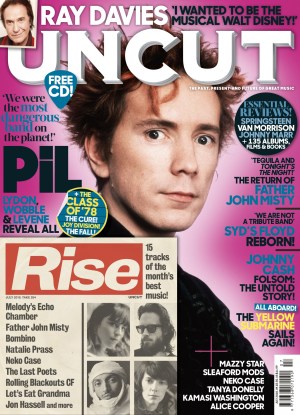 As the title suggests Nick has an exclusive new feature in the new issue of the UK printed Uncut Magazines July 2018 Edition.
As the title suggests Nick has an exclusive new feature in the new issue of the UK printed Uncut Magazines July 2018 Edition.
In the extensive new feature there is a large contribution from Nick in which he discusses the show has the blessing of both David Gilmour and Roger Waters, In which he also gives us a very excting glimpse of a few songs that are included in the new show.
” We’re not a tribute band, It’s not important to play the songs exactly as they were but to capture the spirit, Its extraordinary, the construction of some of the songs “
The Magazine is currently available on all uk news agents and magazine retailers. For those over the pond you can buy a digital edition on the Official Uncut Website by Clicking Here
(Spoiler Alert)
*Bike* *Set The Controls For The Heart Of The Sun* *Interstellar Overdrive* *See Emily Play*
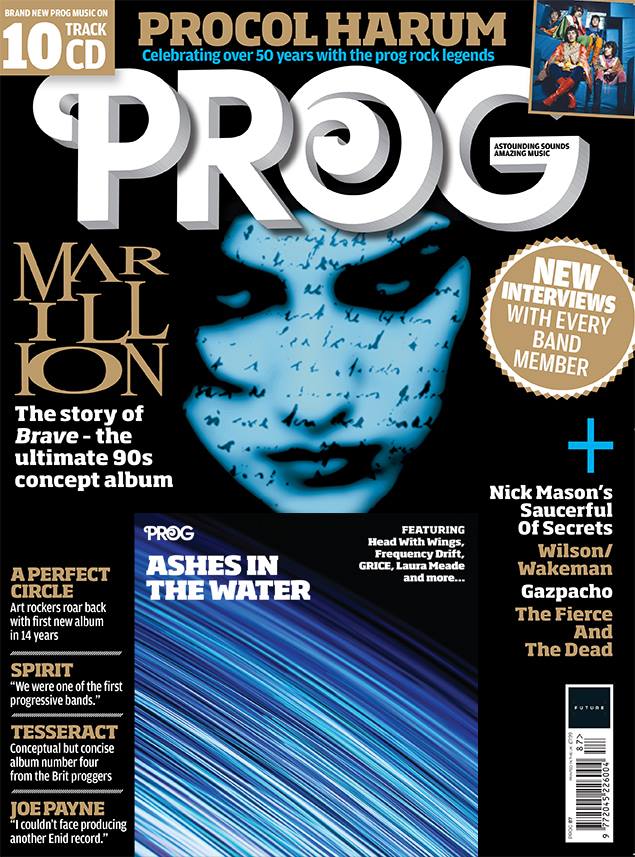 In the newset edtion of Prog Magazine Issue Number 87 (10th May), Nick Mason is featured with an extensive article talking about his returning to the stage with a new project that pays tribute to the seminal years of his former band.
In the newset edtion of Prog Magazine Issue Number 87 (10th May), Nick Mason is featured with an extensive article talking about his returning to the stage with a new project that pays tribute to the seminal years of his former band.
Nick Mason’s Saucerful Of Secrets includes not only the Pink Floyd drummer but also guitarist Lee Harris (Blockheads), Keyboard Player Dom Beken (ex- The Orb), Floyd bassist Guy Pratt, and Spandau Ballet’s Gary Kemp on vocals and guitar.
“I’d been ruminating on playing again rather than just talking about the old days” says Mason. “It seemed like a good idea and it sounded as though we could actually find enough peope commited to doing it, so it’s sort of crept into the consciousness, I suppose. I think once we actually got some instruments and played together it was a case of “Oh yeah, this is fun and it could work!”
Prog Magazine is available in most UK magazine retailers and is also available on iPad, Google Play, Kindle and Nook.
For International visitors You can purchase Prog Magazine, online by clicking here.
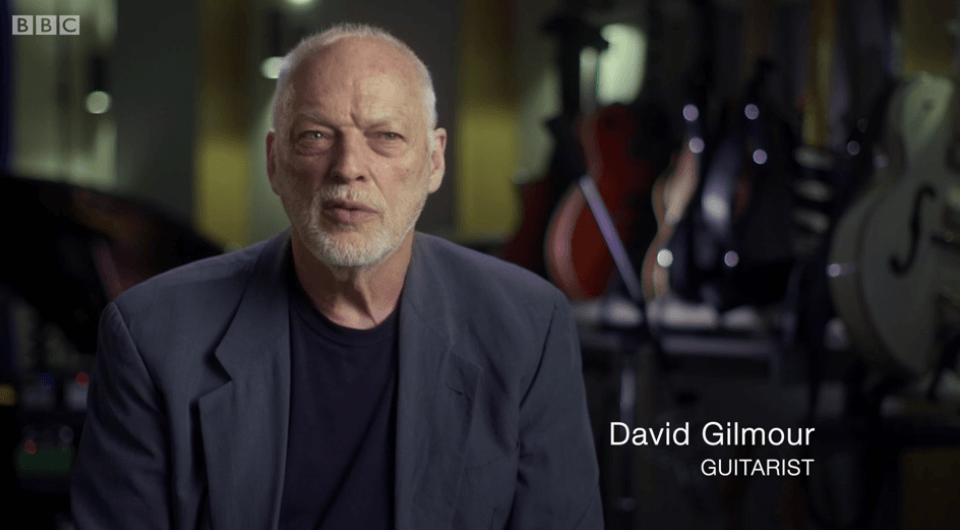 As the title suggests David Gilmour has made a brief appearance in Jeff Beck’s new Still On The Run Documentary.
As the title suggests David Gilmour has made a brief appearance in Jeff Beck’s new Still On The Run Documentary.
“For many people, musicians and fans alike, Jeff Beck is the greatest ever British guitarist. For more than 50 years he has blazed an uncompromising trail across the musical landscape. Always an innovator, never a follower, Jeff has steadfastly refused to pander to the demands of the record industry. This maverick attitude required some difficult career decisions; he left The Yardbirds at the height of their popularity, deserted his own group days before their billed appearance at Woodstock and often shifted his attention to his other great passion of building hot rods rather than continuing a tour or returning to the studio.
Jeff’s adventurous spirit led him to embrace a wide range of musical styles and he is one of a handful of artists who have transcended and redefined the limitations of their instrument, be it the Fender Telecaster, Esquire, Strat or Gibson Les Paul. He pioneered the use of feedback on record and his ability to capture the zeitgeist made The Yardbirds forerunners of psychedelic blues. With The Jeff Beck Group and the album Truth, he nurtured two of rock music’s finest performers, Rod Stewart and Ronnie Wood, and gave birth to a sound that would later mutate into heavy metal.
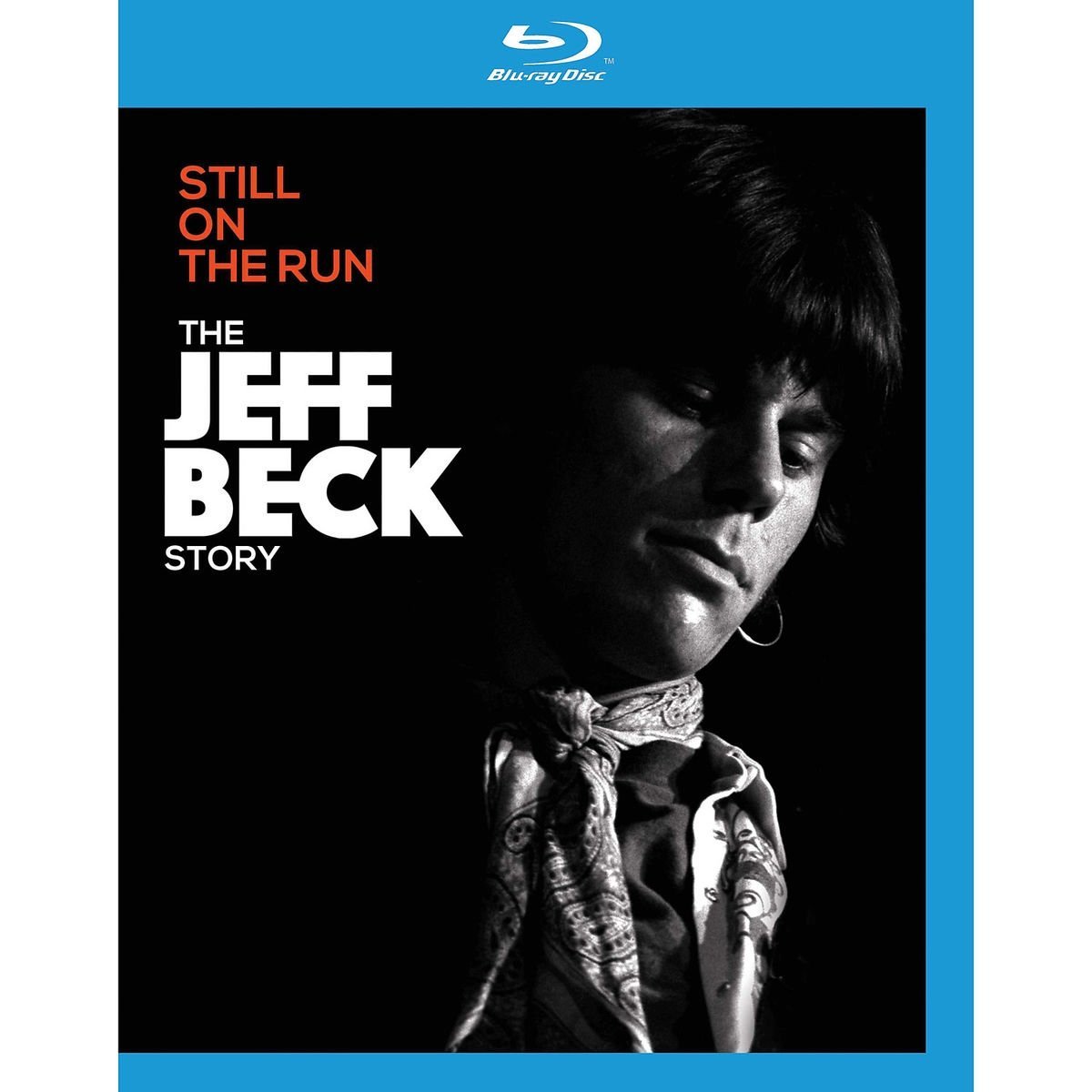 He turned even the loss of Rod Stewart to his advantage by almost single-handedly inventing the guitar instrumental album with the release of Blow By Blow, which embraced the influences of Jan Hammer and John McLaughlin whilst developing a sound that was uniquely his own. Moving forward Jeff continued to push the envelope, amassing a fantastic body of work spanning many musical genres whilst constantly developing and evolving his inimitable approach and technique.
He turned even the loss of Rod Stewart to his advantage by almost single-handedly inventing the guitar instrumental album with the release of Blow By Blow, which embraced the influences of Jan Hammer and John McLaughlin whilst developing a sound that was uniquely his own. Moving forward Jeff continued to push the envelope, amassing a fantastic body of work spanning many musical genres whilst constantly developing and evolving his inimitable approach and technique.
This film tells Jeff’s story from his earliest days growing up in Wallington, Surrey with his homemade guitars, teenage friendship with Jimmy Page and the influences of guitarists such as Les Paul, Cliff Gallup and James Burton. With essential tracks from throughout his career it follows his journey from art school and early bands, through his various groups, musical ventures and passion for hot rods, to the release of his latest album and sell-out show at the Hollywood Bowl. We hear testimony to the genius of Jeff Beck from musicians who have recorded and played alongside him such as Jimmy Page, David Gilmour, Eric Clapton, Rod Stewart, Ronnie Wood, Jennifer Batten, Beth Hart, Joe Perry and Slash, who all shine a light on his ever-evolving guitar style and reveal why to this day he remains not only a musical visionary but also the most influential and highly rated guitarist of his generation.”
The documentary will be available to buy on blu-ray for our visitors over seas from May 18th 2018
You can pre-order direct from Amazon !!
As a convenience to you we are providing these Amazon Links
We are a participant in the Amazon Services LLC Associates Program, an affiliate advertising program designed to provide a means for us to earn fees by linking to Amazon.com and affiliated sites.

Guy Pratt has been a crucial member of the rhythm section of megastars such as Pink Floyd, David Gilmour, Robert Palmer, Roxy Music, Bryan Ferry, Jimmy Page, David Coverdale, Womack & Womack, and The Smiths.
And when he’s not been parading his talents live on the stages of every stadium, concert hall and festival around the world, he has been a favourite studio bassist and accompanying singer for the biggest recording artists including Switzerland’s Florian Ast, Madonna, Michael Jackson, Iggy Pop,The Pretenders, Echo and The Bunnymen and McFly.
His one man show is all about life at the pointy end of the music business; Guy regales audiences with stories from behind the scenes. His self-deprecating wit is irresistible and his rip-roaring anecdotes are brilliant and outrageous.
This is an evening which is both funny and frank with enough insider’s references to satisfy even aficionados – and he’ll be bringing his beloved vintage Fender bass to demonstrate his craft.
The show is taking place on Friday 9th November 2018, 8.30 pm at The Principal Manchester, Oxford Street, Manchester, M60 7HA
Tickets are now on sale now for the event, Which is priced at the very reasonable rate of £8.50 plus £1.75 booking fee.
You can purchase your tickets online for this performance by clicking here.
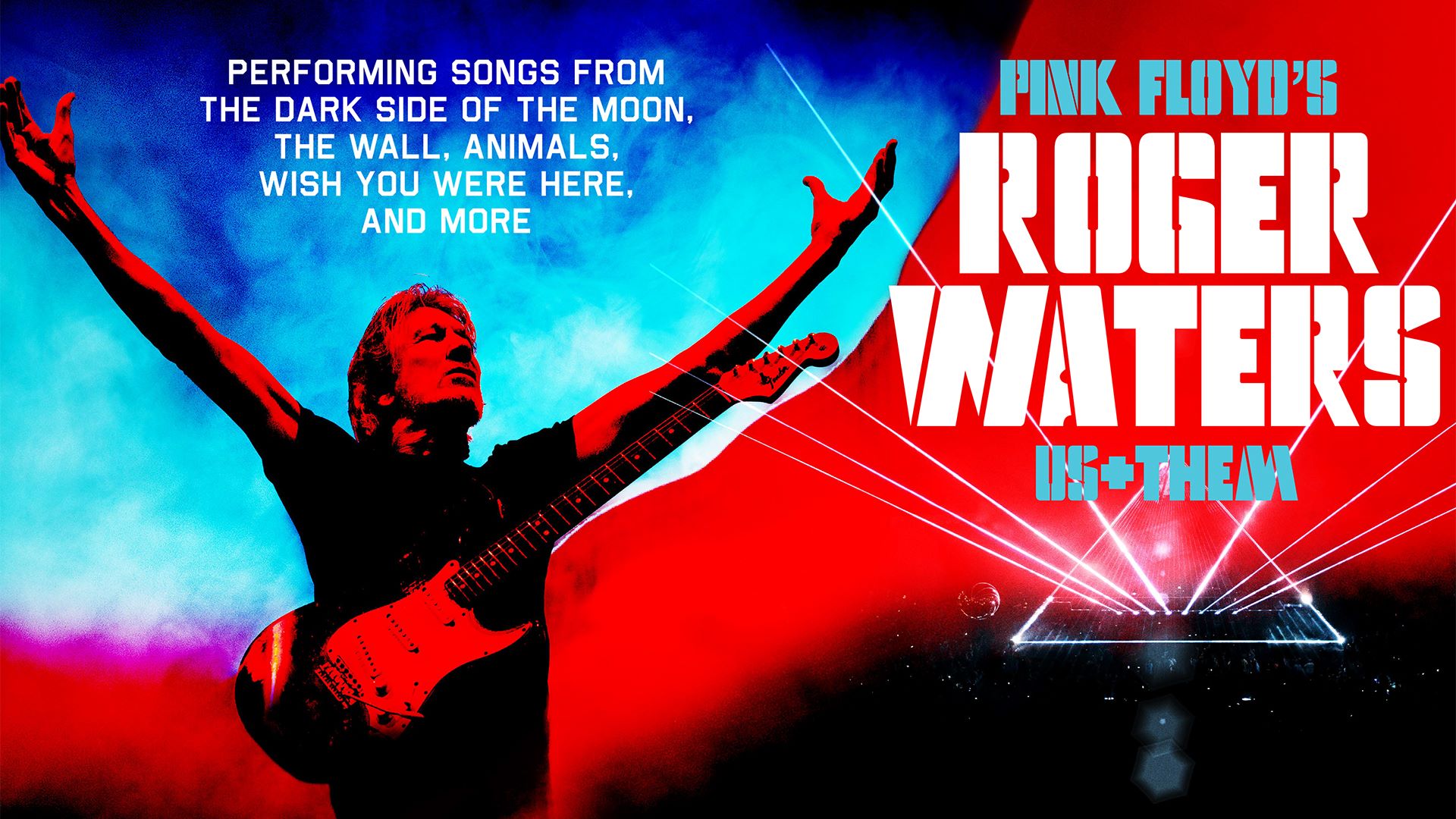 Due to an overwhelming demand, five extra dates have been added as part of Roger Waters Us + Them 2018 Tour.
Due to an overwhelming demand, five extra dates have been added as part of Roger Waters Us + Them 2018 Tour.
October 10th – Allianz Parque, São Paulo, Brazil
November 9th – Estadio Unico de la Plata, Buenos Aires, Argentina
November 17th – Estadio Monumental “U”, Lima, Peru
November 21st – Estadio Nemesio Camacho El Campín, Bogotá, Colombia
November 24th – Estadio Nacional de Costa Rica, San Jose, Costa Rica

On Sunday 15th April 2018 Roger Waters Appeared on NPO Radio 2 a public-service radio station from the Netherlands,
In this podcast he tells us a lot about his old band, the tragedy about ex-front man Syd Barrett, the legendary album Wish You Were Here and his current Us & Them Tour.
In the podcast he lets slip that the 4 dates in Amsterdam at the end of June as part of his current Us & Them Word Tour are going to be filmed for a future release, Aswell as annoucing a re-issue / 5.1 mix of the 1977 Pink Floyd album Animals which features new artwork by Hipgnosis co founder Aubrew Powell.
Sadly the podcast is no longer available.
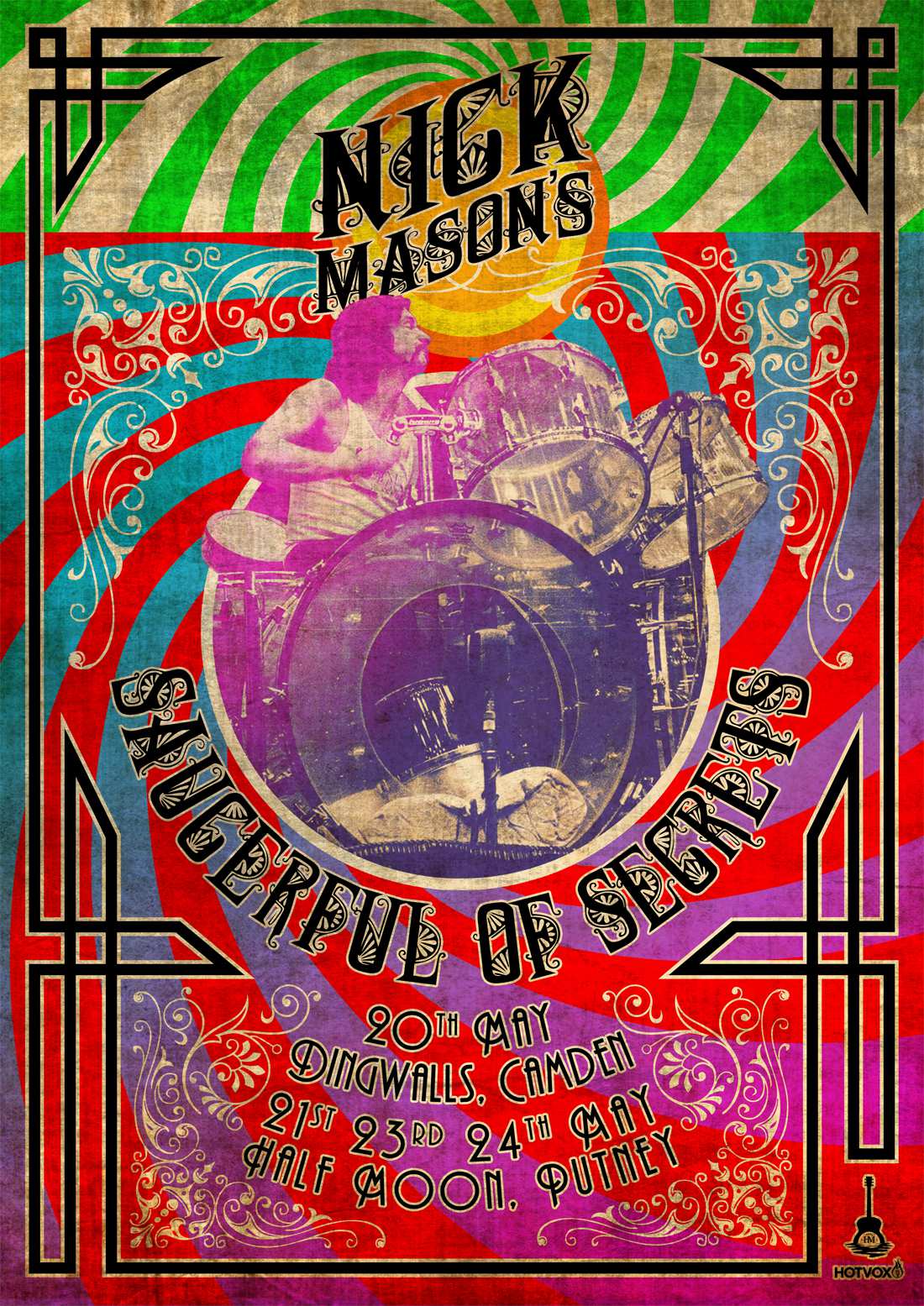 Nick Mason’s Saucerful Of Secrets play:
Nick Mason’s Saucerful Of Secrets play:
MAY 2018
Camden Dingwalls – Sun 20th
Putney, The Half Moon – Mon 21st
Putney, The Half Moon – Wed 23rd
Putney, The Half Moon – Thu 24th
Tickets are now sold out !!
The five-piece will solely perform Pink Floyd’s early work including songs from ‘The Piper At The Gates of Dawn‘ and ‘A Saucerful Of Secrets’ at four ultra-intimate shows in London next month.
Nick Mason’s Saucerful Of Secrets is the brainchild of former Blockheads guitarist Lee Harris who back in 2016 suggested putting a group together around Nick Mason and featuring esteemed Pink Floyd/ David Gilmour session bassist Guy Pratt.
To distance themselves from Roger Waters and David Gilmour’s live set lists, the idea was to focus solely on Pink Floyd’s embryonic years of 1967 to 1972.
With Nick Mason on board, they completed Nick Mason’s Saucerful Of Secrets with Spandau Ballet’s Gary Kemp on guitars and music producer/composer Dom Beken on keyboards.
The four gigs in May will be Nick Mason’s first live musical outing since Pink Floyd’s historic Live 8 concert in London’s Hyde Park in 2005. Nick, of course, is a founder and the only constant member of Pink Floyd performing on all of their albums as well as all of their live shows.